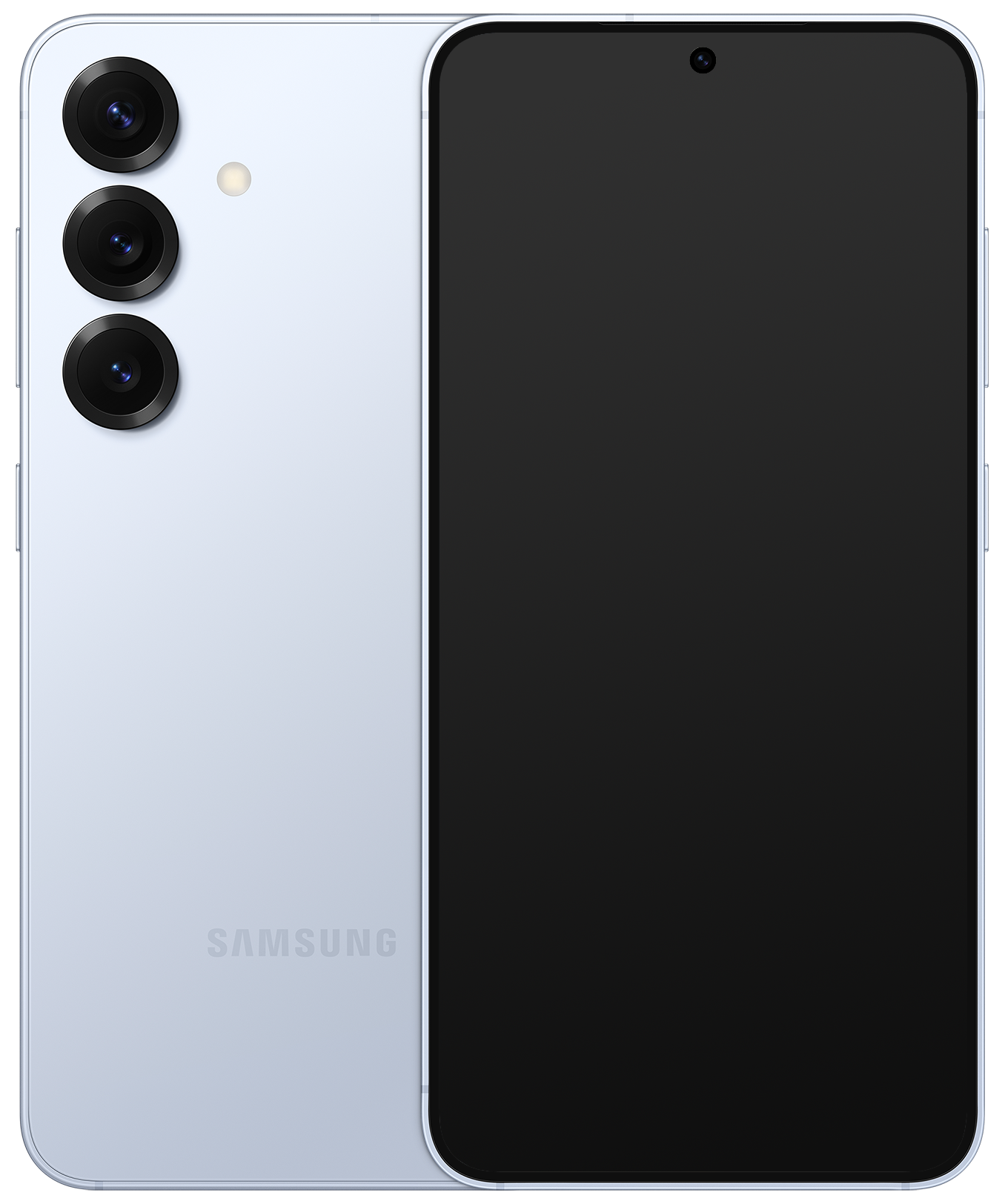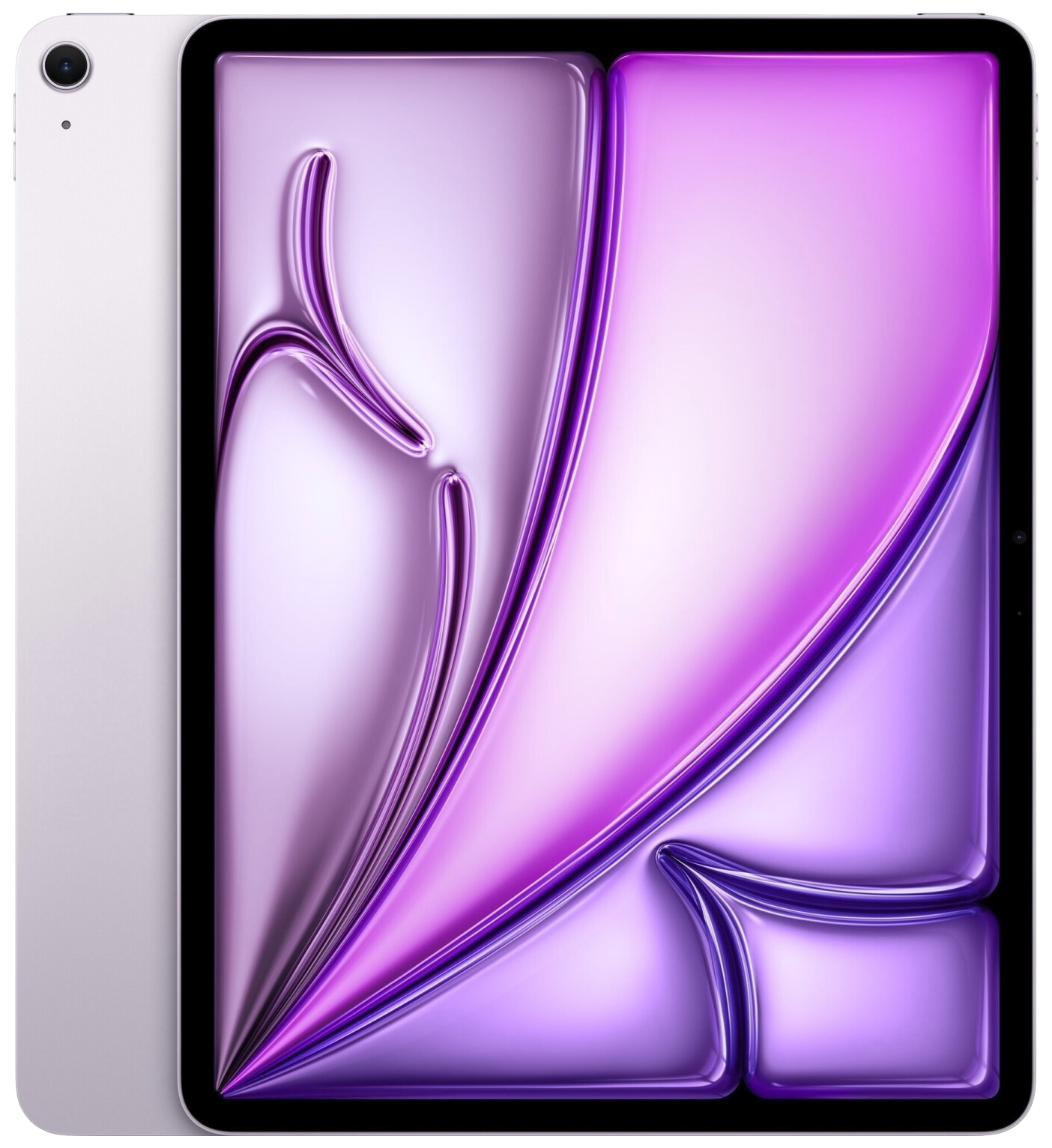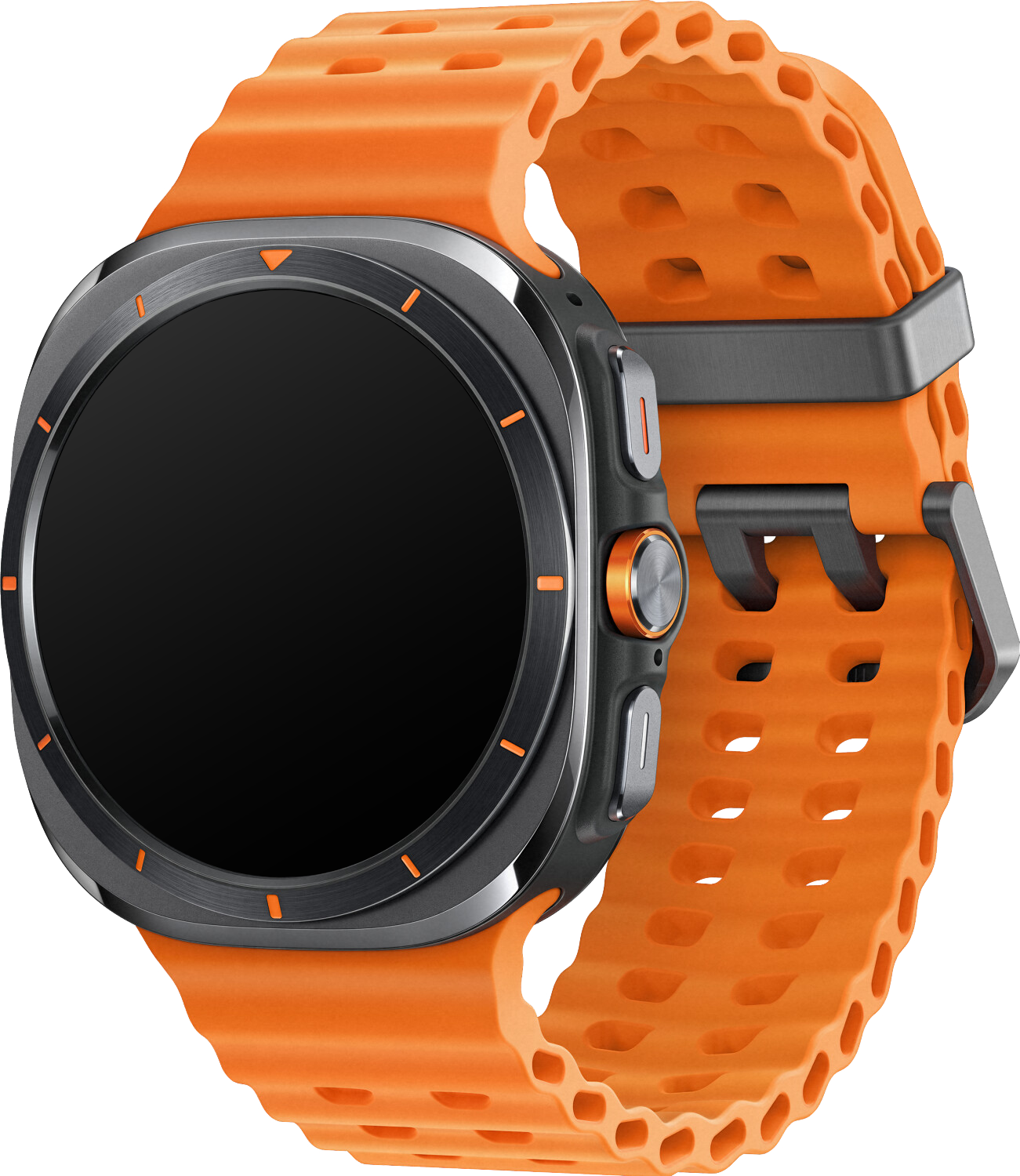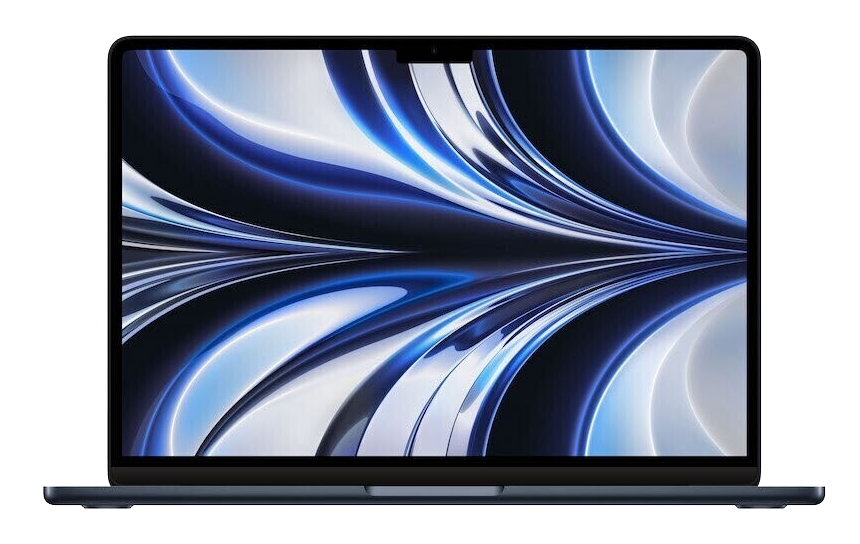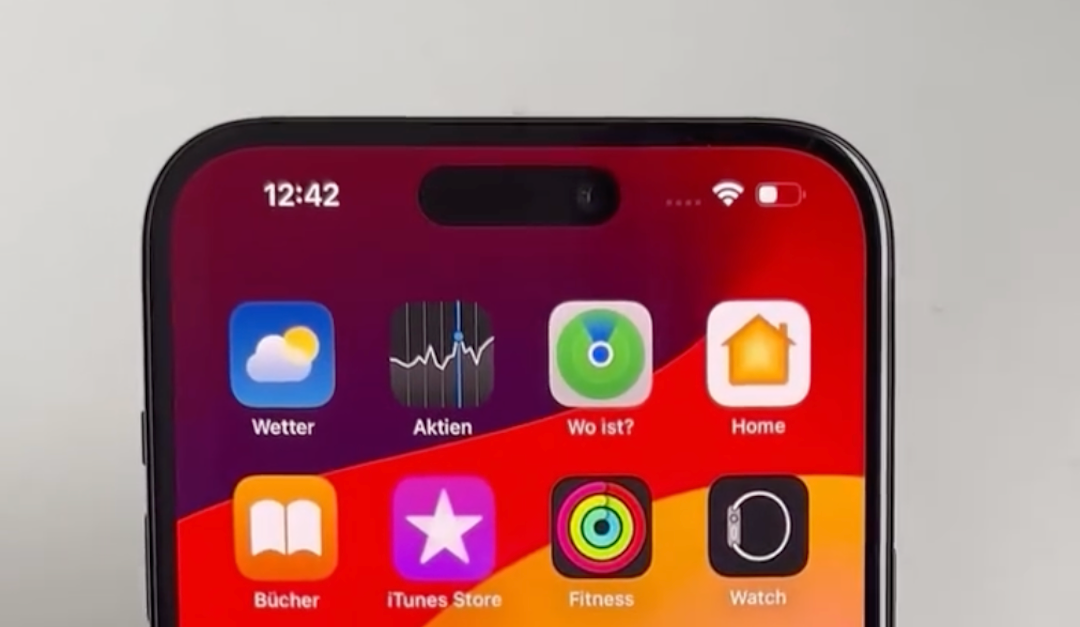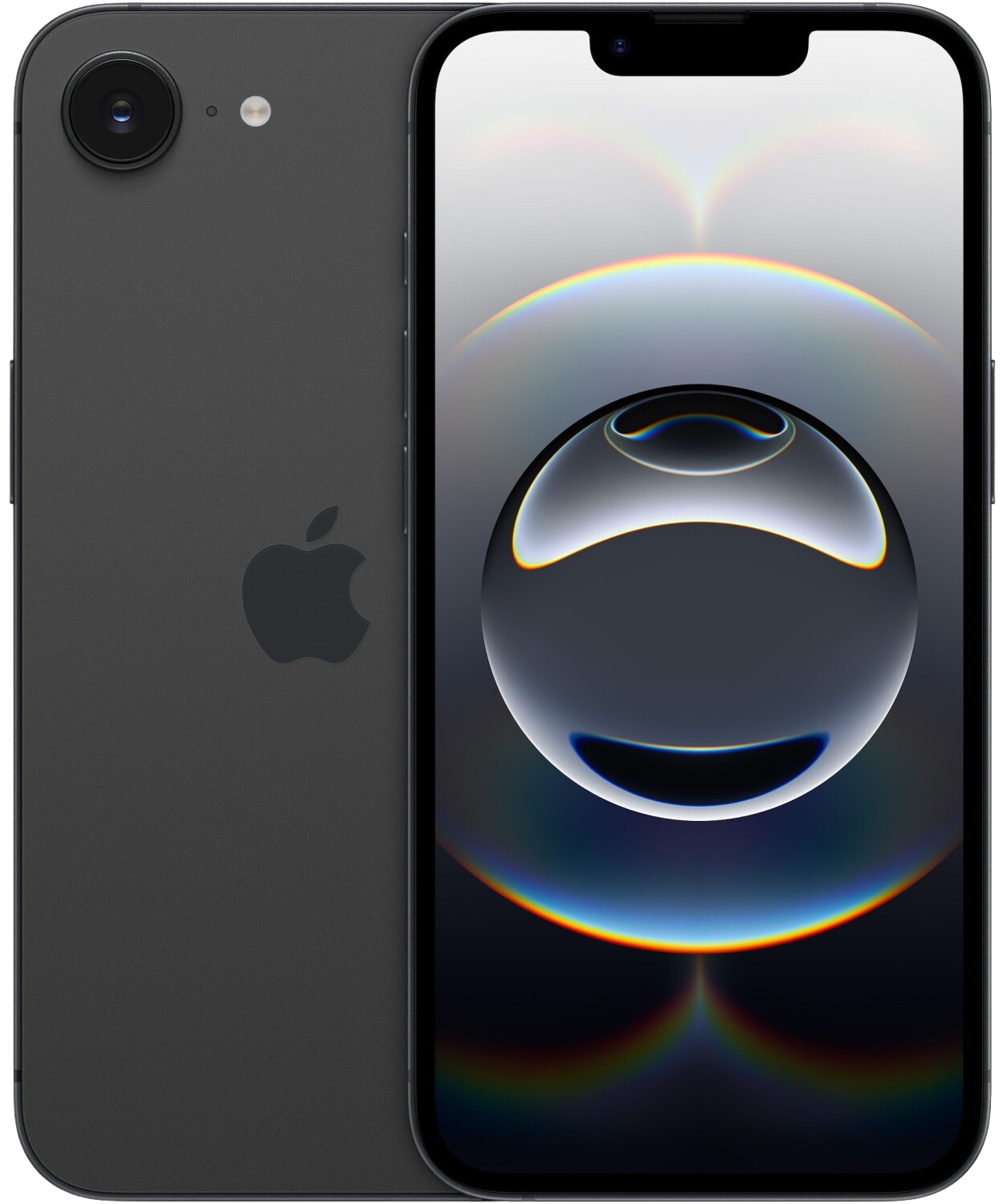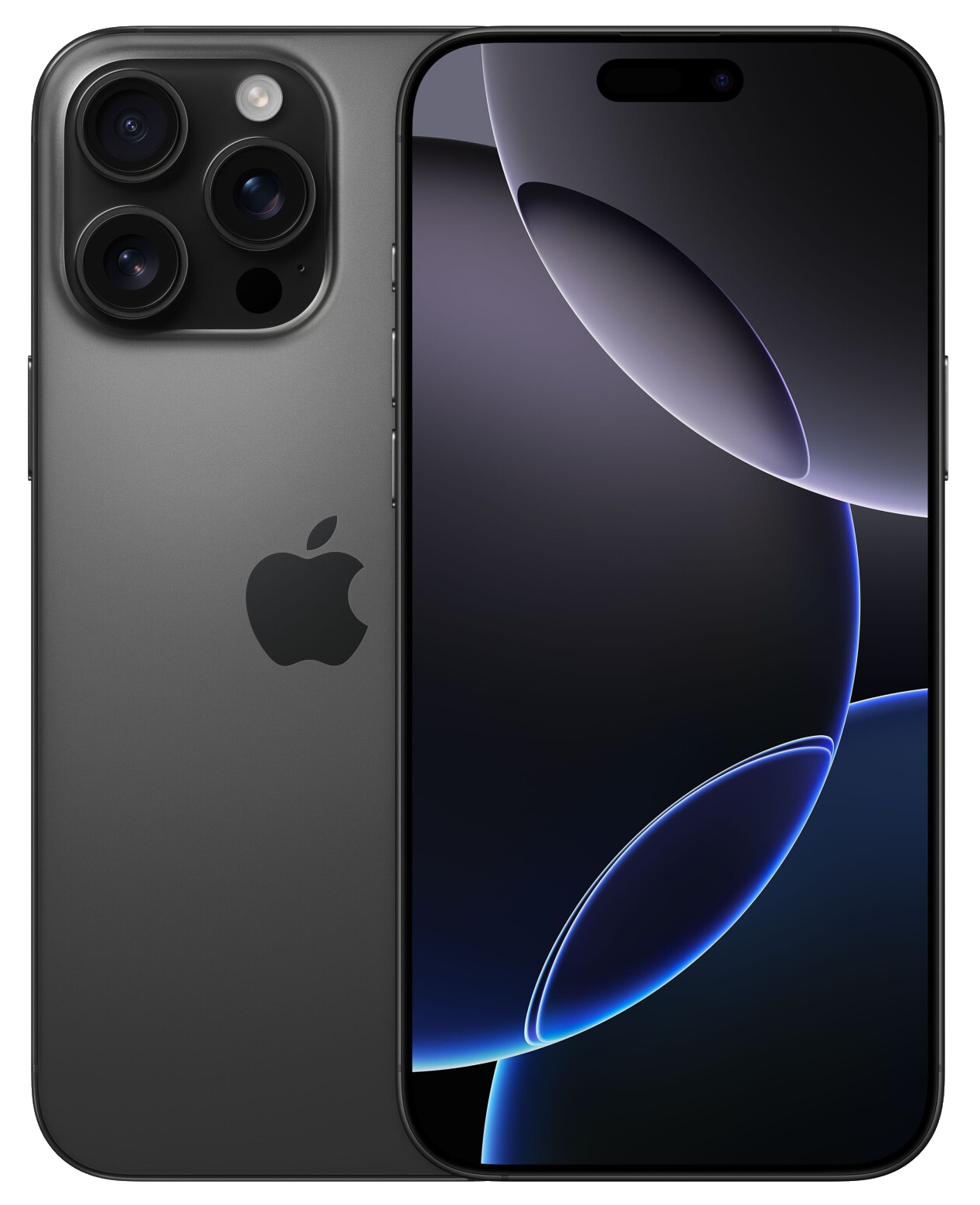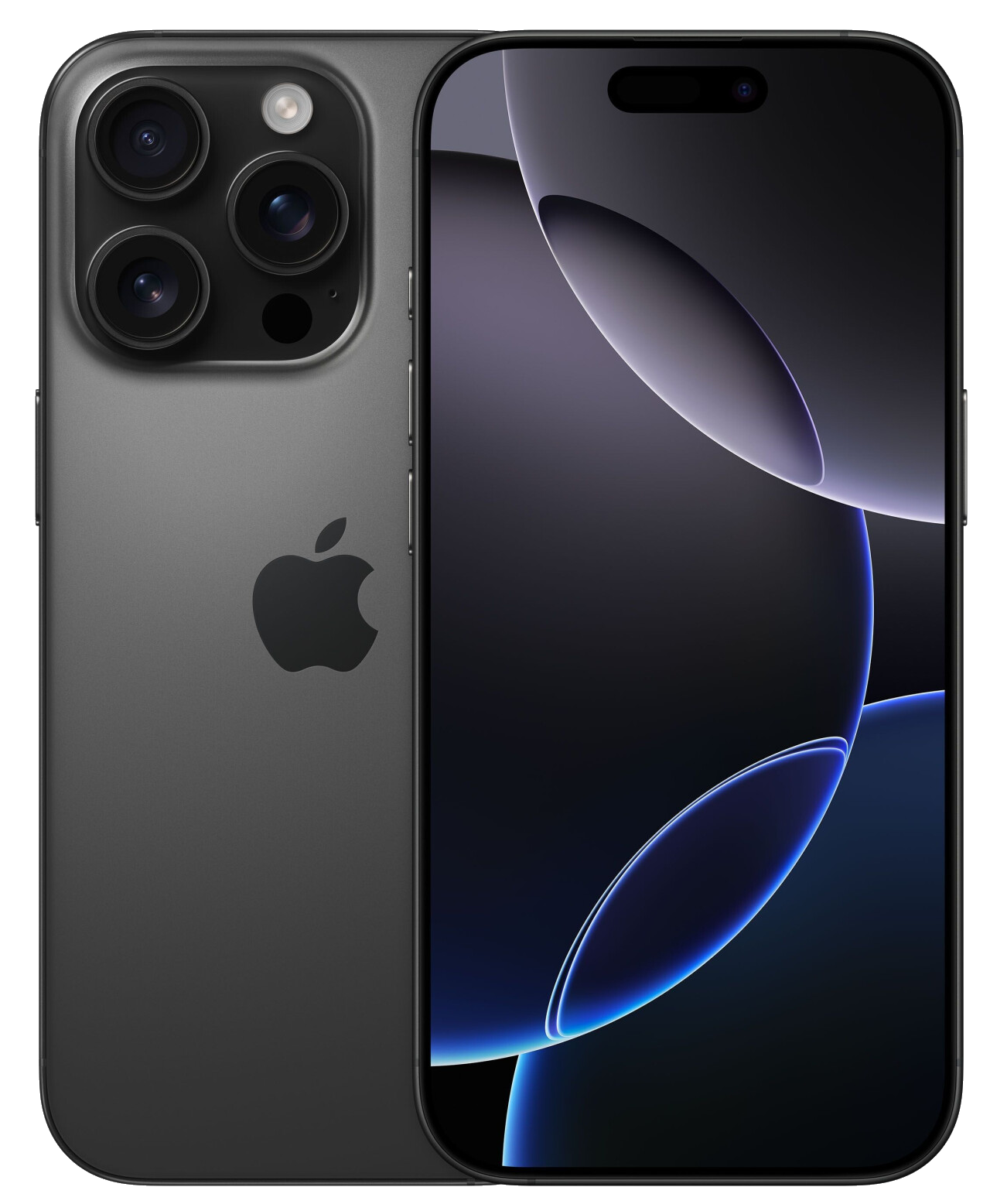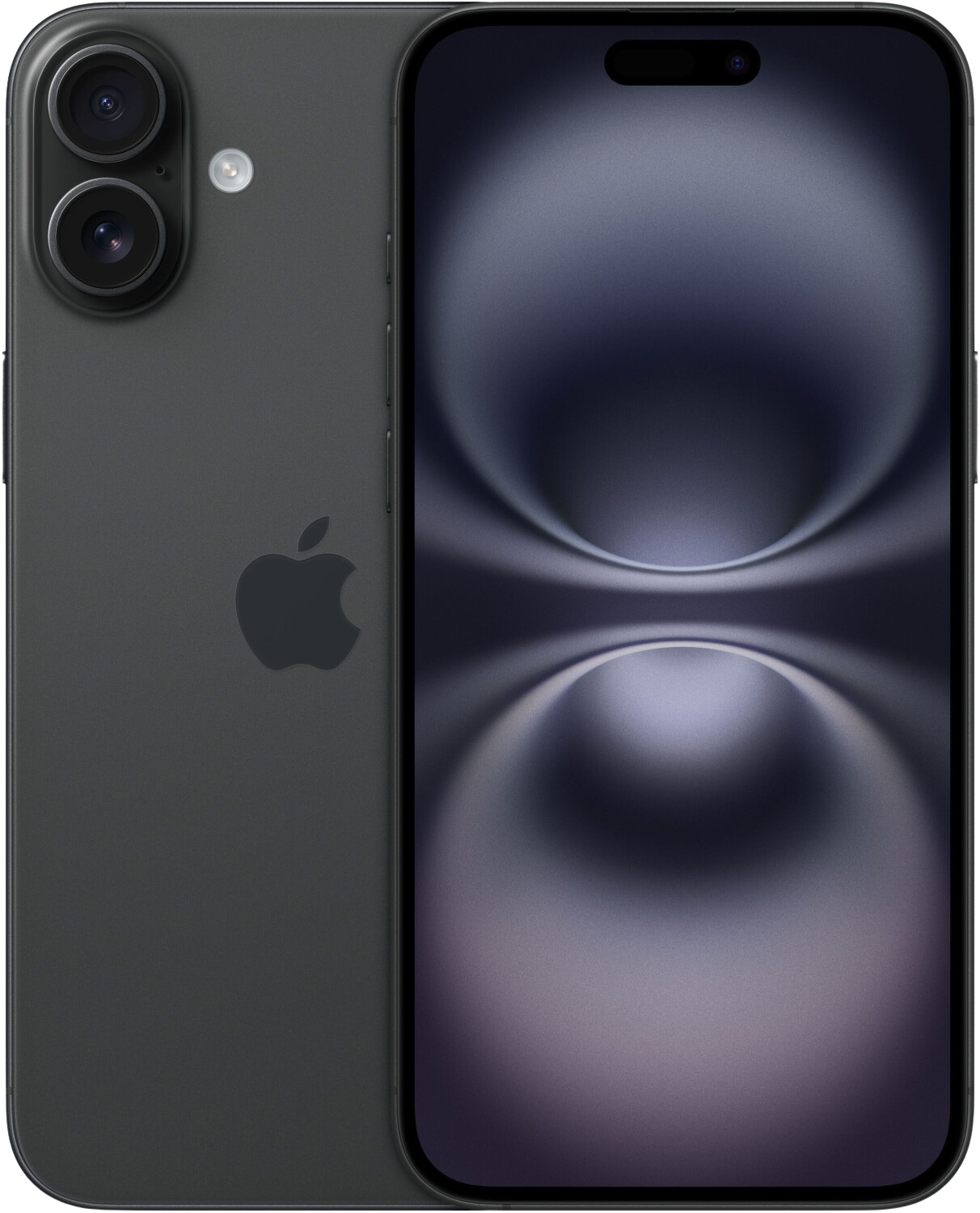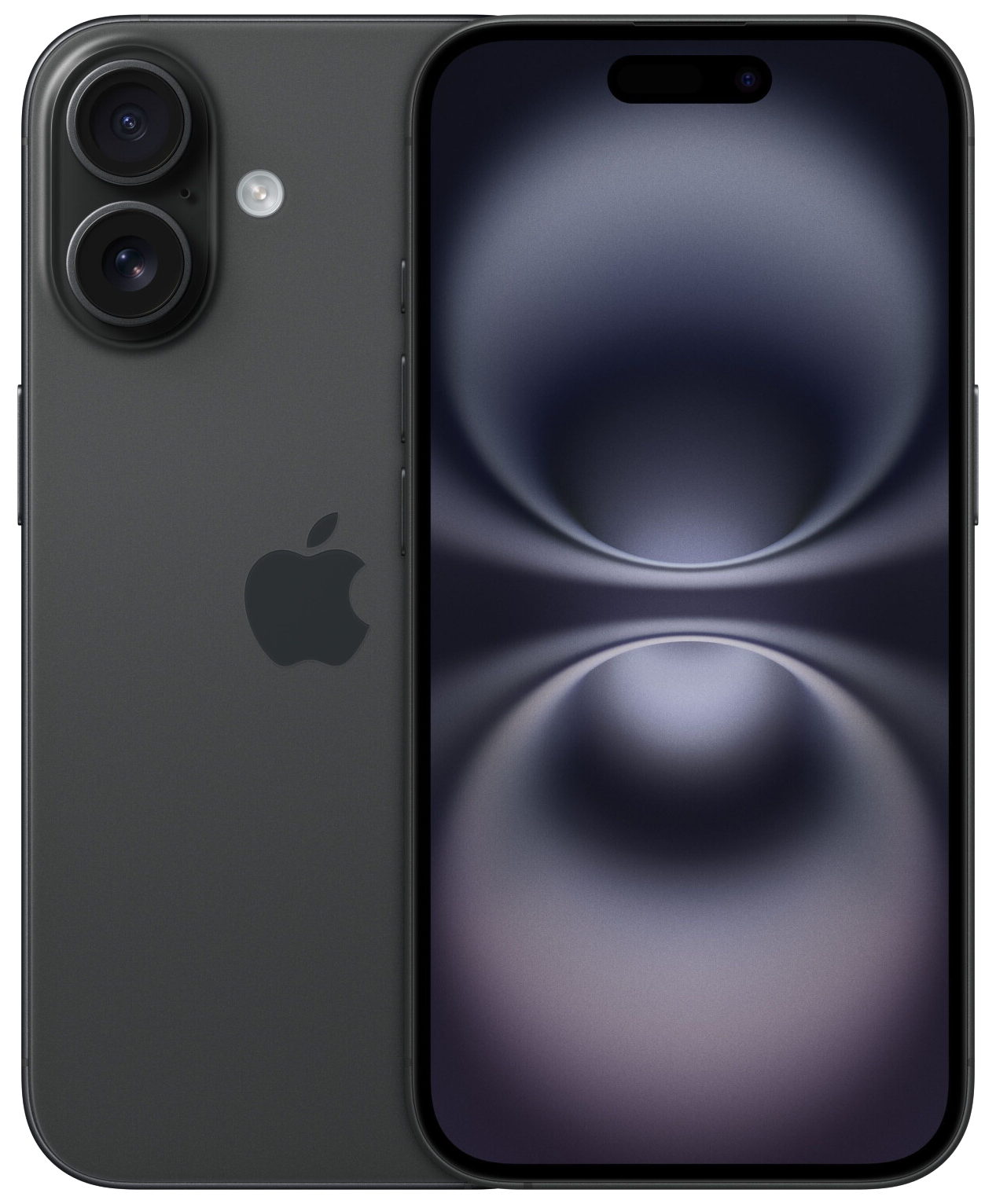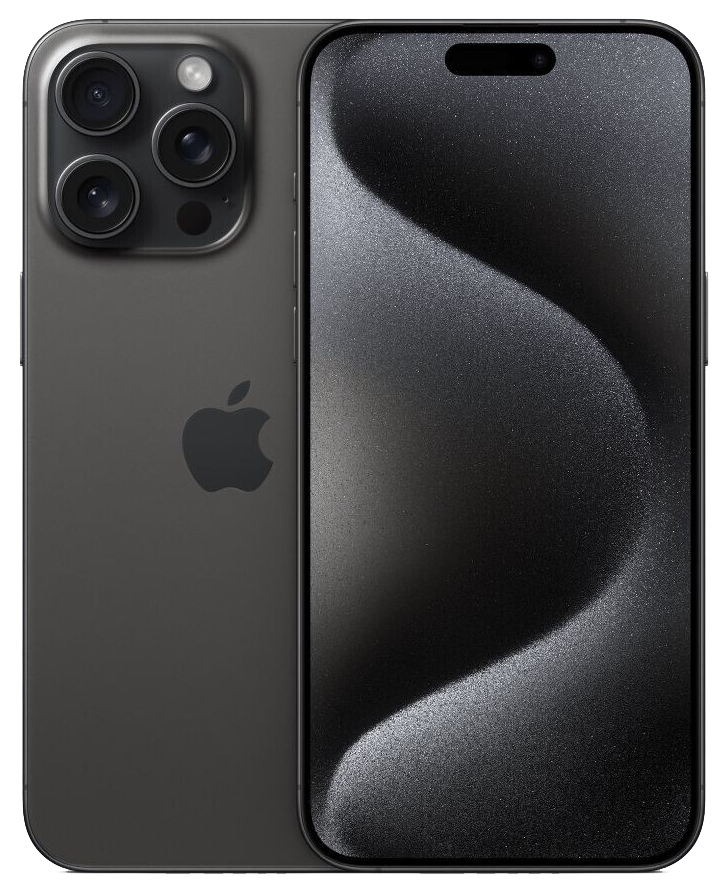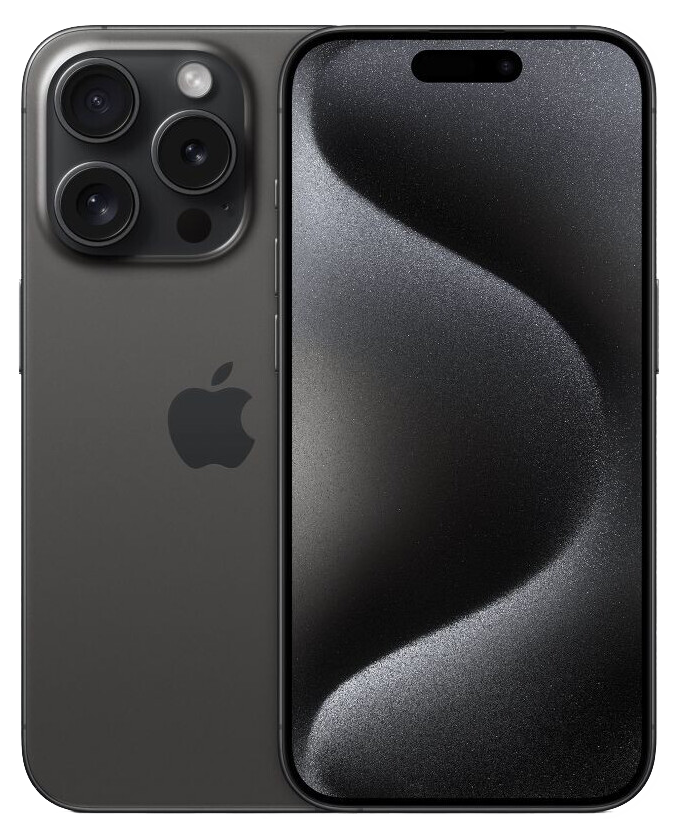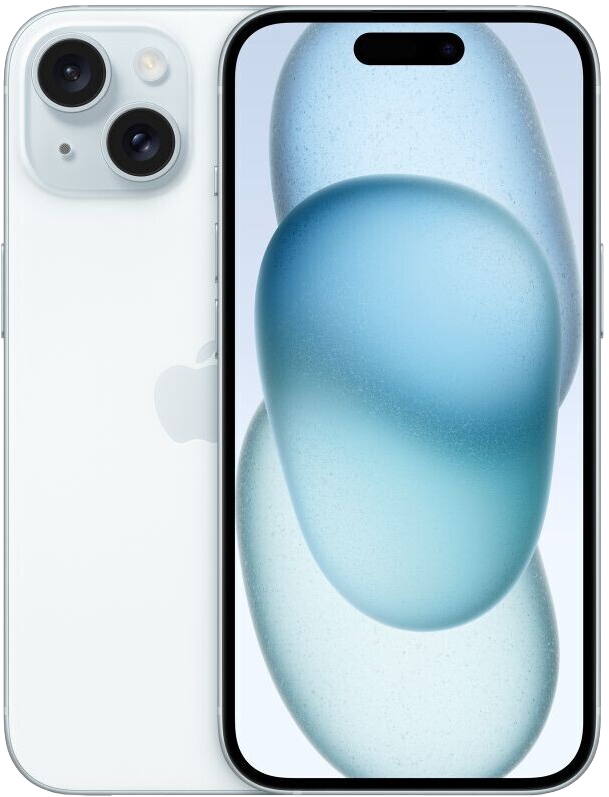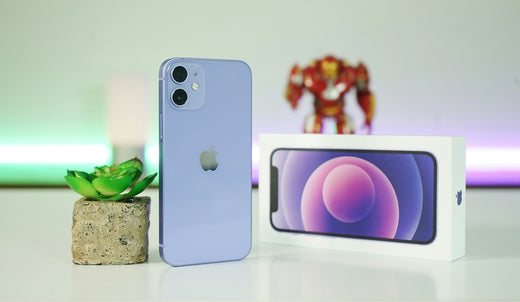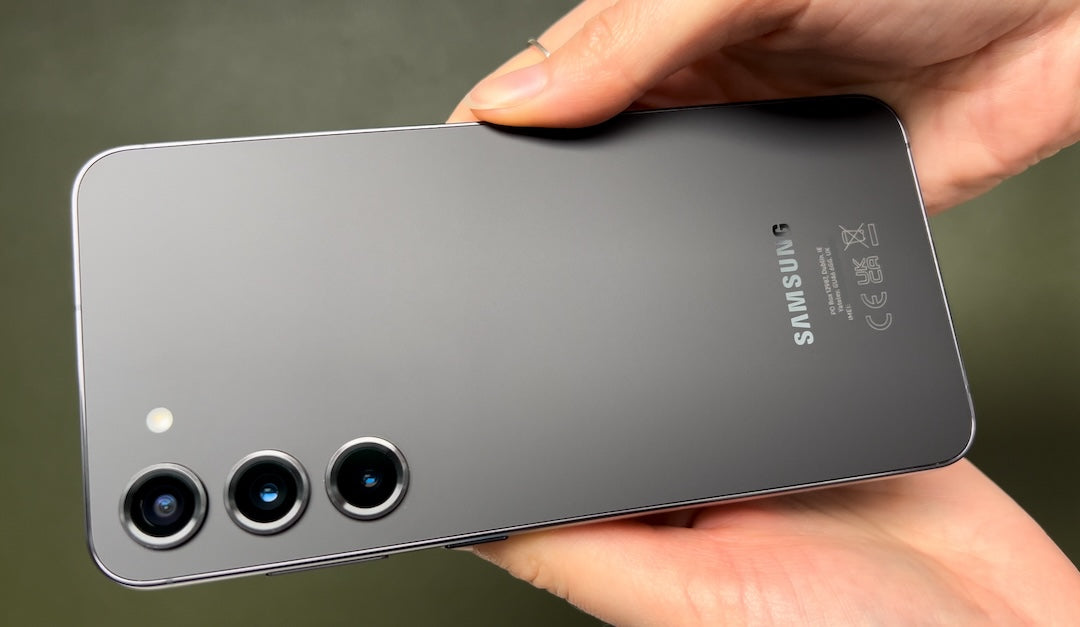Apple has launched its latest models, the iPhone 15 and iPhone 15 Plus, and both offer some exciting new features. For the first time, the Dynamic Island, a clever interaction feature, is also available on the standard models - a first that is of interest not only to tech fans. But is the only difference between these two models really just size? At first glance, you might think so, but there are other aspects to discover. In this article, we take a closer look and examine how the differences affect usage. Are you curious about which of the two devices is better suited to your needs? Then you have come to the right place.
Tip: If you want to see the different iPhone models as a video, then please visit our YouTube channel!
What the two models have in common
The iPhone 15 standard range, consisting of the iPhone 15 and iPhone 15 Plus, offers some impressive features that are in no way inferior to the more expensive top models, but at a more attractive price. Here are the main similarities at a glance:
- processor: Both models use the A16 Bionic chip, which offers robust performance for everyday tasks and more demanding applications, without any lag.
- camera system: A highlight is the 48-megapixel main sensor, which enables images to be taken in full resolution as well as in an optimized 12-megapixel setting. This is particularly advantageous in low-light conditions. In addition, the system offers a 2x optical zoom and improved portrait functions for more vivid images.
- USB-C port: A big update is the switch to USB-C, which allows for more compatibility with various accessories and easier management. This port supports reverse charging and can connect high-quality audio equipment without additional adapters.
- Operating system: Both devices run on iOS 17, which not only brings the latest features but also ensures long-term support through future software updates.
- Storage options and design: Available in 128GB, 256GB and 512GB configurations, they meet different user needs and budgets. The aesthetic and robust design includes a Ceramic Shield front, a glass back and an aluminum frame.
These shared features make the iPhone 15 and iPhone 15 Plus not only capable but also versatile smartphones that offer technological advancements at a more affordable price. With these innovations, both models position themselves as attractive options for users who want the latest technology without having to resort to the Pro models.
The crucial differences
Now to the differences that could play a role in the purchase decision:
screen size and resolution
- The iPhone 15 offers a 6.1-inch Super Retina XDR OLED display with a resolution of 2556 x 1179 pixels.
- The iPhone 15 Plus goes a step further with a 6.7 inch display and a resolution of 2796 x 1290 pixels.
- A larger display means more space for videos, games and apps, making the iPhone 15 Plus particularly attractive to media enthusiasts.
Display properties in detail
Both models use technology such as True Tone and Haptic Touch to make the display and operation intuitive and pleasant. While the higher peak brightness and HDR of both displays are ideal for viewing high-definition content, some users may be disappointed that both models only come with a refresh rate of 60 Hz. Some competitors already offer 120 Hz for an even smoother display.
battery life
Thanks to its larger dimensions, the iPhone 15 Plus has a larger battery, allowing for longer use between charges. This is an important factor for anyone who travels a lot or uses their device intensively. But the iPhone 15 also has a comparatively good battery capacity.
Weight and handling:
- The iPhone 15 measures 147.6 mm in height, 71.6 mm in width and 7.80 mm in depth. It weighs 171 grams, making it lighter and easier to handle, especially if you like to use your smartphone with one hand.
- The iPhone 15 Plus has dimensions of 160.9 mm high, 77.8 mm wide and also 7.80 mm deep. With a weight of 201 grams, its size offers a different handling experience that some users prefer, but others may find less comfortable.
Personal recommendation
The decision between the iPhone 15 and the iPhone 15 Plus should be made primarily based on your personal needs and preferences. If you are looking for a compact device that is easy to handle and still has the latest technology, then the iPhone 15 is the better choice for you. It offers excellent performance in a more portable format and is slightly cheaper than the larger model.
However, if you use your smartphone intensively for media consumption and value a large display and long battery life, then you should go for the iPhone 15 Plus. The larger display is ideal for watching movies, playing games, and working with media, and the longer battery life supports extensive use without frequent charging.
However, it's important to note that both the iPhone 15 and iPhone 15 Plus only offer a 60Hz refresh rate. If smoother screen display is important to you and a higher refresh rate is what you value most, then upgrading to the iPhone 15 Pro range might be a better option. These models not only offer improved camera performance and other premium features, but also 120Hz displays, which make a noticeable difference, especially when playing fast-paced games and scrolling through content.
Overall, both the iPhone 15 and iPhone 15 Plus offer advanced technology and strong performance. Your choice should ultimately depend on your specific usage needs and your preferences regarding display size and image quality.
Short conclusion: What is the difference between the iPhone 15 and iPhone 15 Plus?
The iPhone 15 and iPhone 15 Plus differ mainly in three areas: display size, battery life and handiness.While the iPhone 15, with its 6.1-inch display and lighter design, is better suited to users who value portability, the iPhone 15 Plus, with a 6.7-inch display and longer battery life, offers advantages for those who want to use their device intensively for media and gaming. Both models share modern features such as the A16 Bionic chip and the advanced camera system, but have different focuses to meet different user needs.

